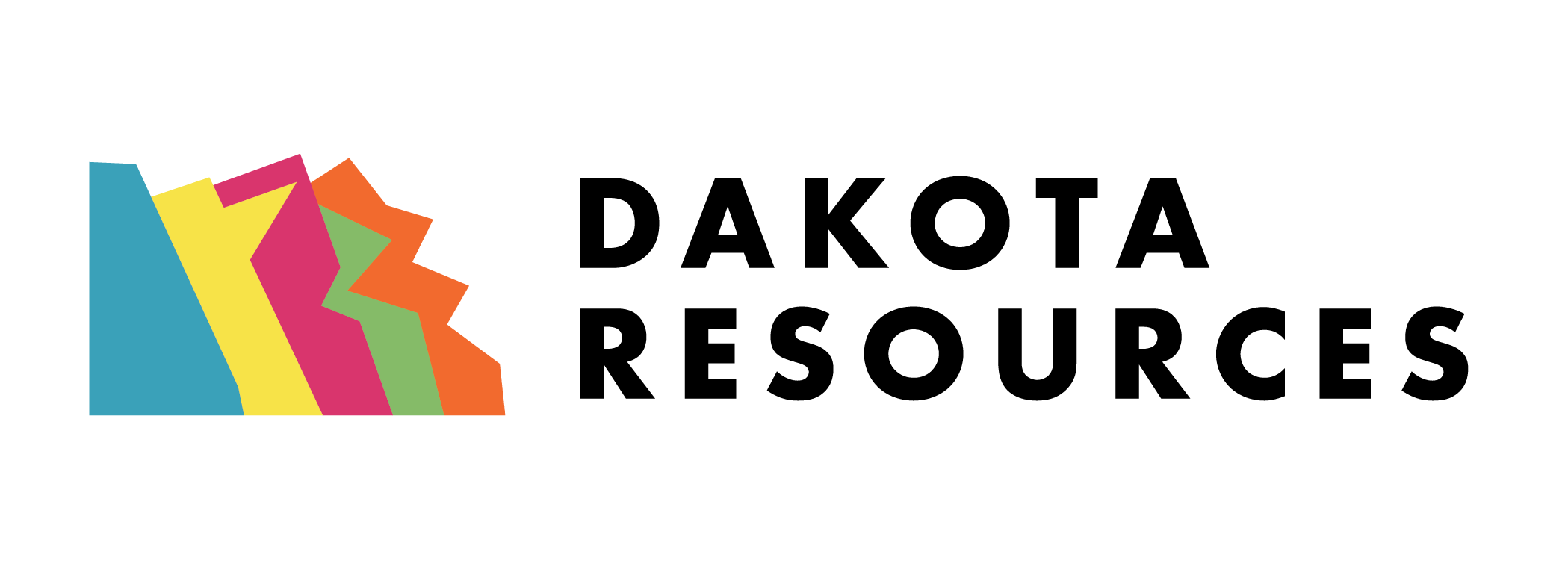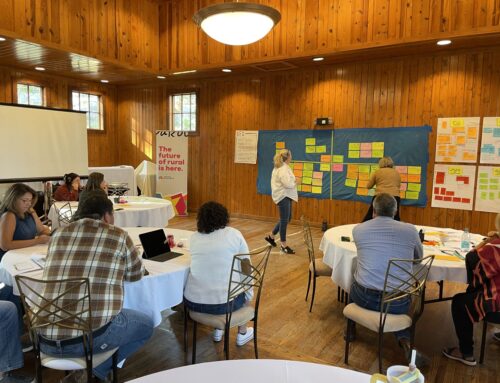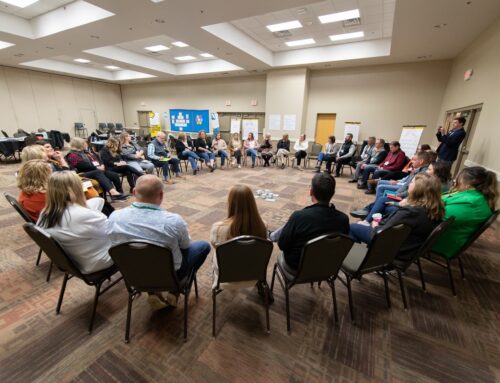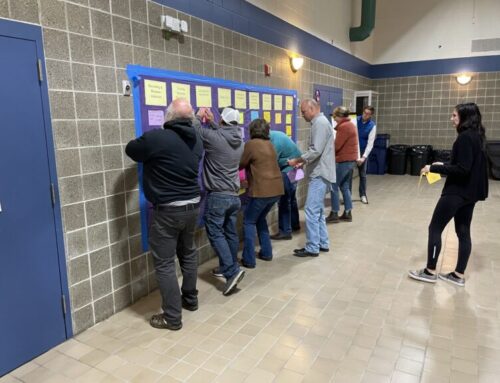Rooted and Resilient: Embracing Openness in Rural Leadership
By: Paula Jensen
Rural communities across South Dakota are rich with tradition, resilience, and a deep sense of place. These qualities form the backbone of our rural life. Yet in today’s rapidly changing world, our community values must be paired with an openness to new ideas. This openness is essential for our small towns to truly thrive. To become a thriving rural community, we must embrace new ways of getting things done. It also means welcoming fresh perspectives while staying grounded in our shared core values. By leading this way, rural leaders can position their communities for long-term success.
Last year, I spent six months coaching a small-town economic development organization that was at a crossroads. The group of local leaders had made some progress. They addressed housing needs, purchased land for development, and prepared for a nearby ag development project. Still, their momentum was fading. The board lacked focus, engagement was low, and their organizational structure was shaky. Several board members were ready to walk away.
Despite early hesitation, they committed to restructuring the organization. We concentrated on four key areas. We learned how to lead in new ways. We worked on strengthening their organizational capacity. We used community data to gain perspective. We engaged local partners in high quality conversations. Over time, their mindset began to shift. By the end of the six-month period, this group was fully committed to revitalizing their local economic development efforts. They had a renewed sense of purpose and a clearer vision for the future.
After our final session, one board member wrote to me:
“Thanks again for helping our group create a clearer trajectory for our organization—and for our town. I really meant it when I said you helped inspire me to stay on the Development Board. When I first joined, I wasn’t sure it was the right ‘place’ for me. I didn’t feel confident in my skills. But I realized I don’t need to be an expert in development or construction—we have others for that. I bring something else to the table, and you helped me see that!”
This story reflects an important truth: we don’t need to be the most skilled or experienced to lead; we need to be the most open to adapting. Openness to new ideas doesn’t mean abandoning what has worked—it means being willing to ask, “What if?” It’s about listening to new voices, examining the data, testing creative solutions, and rethinking what’s possible for our towns.
Rural communities that are open to new approaches—like remote work hubs, cottage housing, renewable energy, technology integration, or heritage tourism—are finding ways to diversify their economies and attract new talent. These innovations don’t erase a town’s history—they expand its future.
Openness also fuels collaboration. Communities that welcome partnerships with regional organizations, state agencies, and outside experts often gain access to resources. They connect to networks they couldn’t reach alone. This inclusive thinking—bringing together educators, business owners, youth, elders, and newcomers—creates new possibilities.
Openness also means welcoming new people. Thriving rural communities actively invite newcomers to join and belong. They are young families, immigrants, returning residents, or entrepreneurs. These newcomers bring fresh energy and ideas. This can strengthen civic life and spark transformation.
Openness doesn’t mean losing identity—it means evolving with purpose. Rural communities can stay rooted in who they are while stretching toward who they want to become. With adaptable, courageous leadership, we can cultivate creativity. We can solve old problems with new ideas. We can also build a better future for generations to come.
Change is never easy, especially in close-knit towns where tradition runs deep. But staying stagnant is a greater risk than trying something new. The bottom line? Rural communities that thrive make choices that are different. They choose curiosity over fear. They opt for collaboration instead of isolation. They favor imagination over the status quo. Openness to new ideas isn’t just a strategy—it’s a mindset. And today, it is the most powerful tool we have.
How to activate this article:
- Gather your crowd – three to five diverse community members, then…
- Name your community’s core values.
- Name the traditions that define your community’s heritage.
- Create a list of community assets that hold possibility for your future.
- Name 3-5 emerging leaders and ask them for a few new ideas to create a thriving community.
- Share your discoveries with local organizations.
About the Author
Having a passion for community leadership and development is what drives Paula Jensen’s personal and professional life. Paula lives in her hometown of Langford, South Dakota, population 318+. She serves as a Strategic Doing practitioner, grant writer and community coach with Dakota Resources based in Renner, South Dakota. Dakota Resources is a mission-driven 501c3 Community Development Financial Institution working to connect capital and capacity to empower rural communities. Fill out our Contact Us form to get in touch with her. You can find all her guest columns at the following website.






